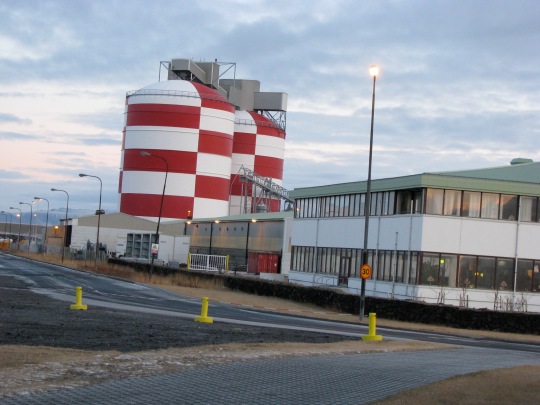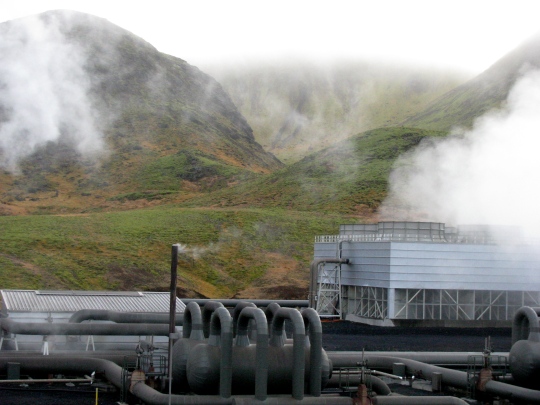Iceland’s CarbFix CCS scheme hopes to reduce carbon emissions from large-scale industry
I’ve just had an article published in BBC Future about how the CarbFix version of CCS (carbon capture and storage) can potentially be used to reduce CO2 emissions from large-scale industry, which in Iceland’s case consists of three aluminium smelters, a silicon metal smelter and a ferro-silicon plant.
The CarbFix method is adapted for Iceland’s porous, permeable basalt rock. Instead of taking thousands of years for mineralization to take place underground, with CarbFix it only takes 1-2 years. The procedure has been used to capture both CO2 and hydrogen sulphide from the Hellisheidi geothermal power plant, where CarbFix is in operation, but potentially it could be used for other gases. Read the article to find out more!
A great deal of emphasis in CCS has been put on Direct Air Capture, which is also discussed in the article. Part of the reason for the expense is the need to capture and fix small concentrations of target gases, which is more challenging. A small DAC system is now in operation at Hellisheidi.
Using funds from the EU’s Horizon 2020 programme, the four-year Geothermal Emission Control (GECO) project is investigating the use of CarbFix in Germany, Italy and Turkey near geothermal fields as well as Iceland. As the bedrock in these countries is not basalt, the initial groundwork involves carrying out background studies of potential injection sites, such as the potential of different rock types to mineralize CO2 and permeability. Injection is due to start in 2021.
Emissions from Iceland’s power plants are minimal compared to those in other countries. Nevertheless, Landsvirkjun, Iceland’s national power company that operates three geothermal power stations, is going to build a gas capture plant at one of its geothermal plants, Krafla, using CarbFix to capture the CO2 that is emitted, and in so doing intends to work towards becoming carbon neutral by 2025.
Because BBC attracts a global audience, my editor wanted me to include information on the processes involved in conventional CCS as well, which I did. Currently, there are 2 large-scale power plants with CCS in operation, but the number of large-scale CCS facilities globally number 21: 2 of these are in power, while the remaining 19 are in industrial applications. I was originally given misleading information on the number of large-scale CCS plants operating, but after the article was published I was told the correct figures (see above), with which my editor says she’ll amend the article (she hasn’t done so yet).


